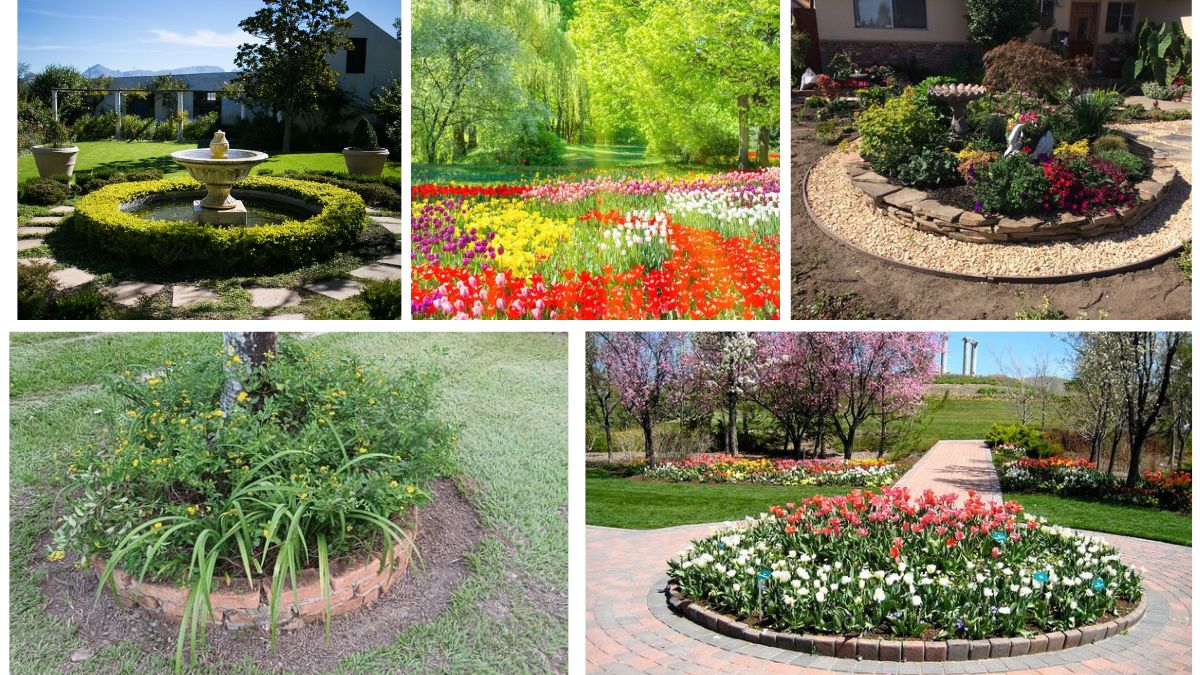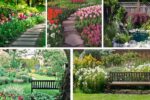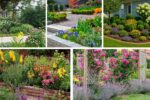When it comes to garden design, few elements are as versatile and eye-catching as circular flower beds. Their symmetry naturally draws the eye, making them a perfect choice for focal points in gardens of all sizes. Whether you’re working with a spacious lawn, a cozy backyard, or even a front yard entrance, circular beds provide balance, creativity, and charm. Unlike linear or corner beds, their rounded form breaks the monotony of straight lines and adds an organic flow to outdoor spaces.
This article explores the beauty and practicality of circular flower beds, offering design ideas, plant choices, and tips for creating vibrant, year-round displays that truly stand out.
Why Choose Circular Flower Beds?

- Natural Focal Points
Humans are naturally drawn to round shapes because they feel complete and harmonious. A circular bed instantly becomes the center of attention, especially when placed in open spaces like lawns or at the intersection of garden paths. - Flexibility in Design
Circular beds can be small, medium, or large, adapting easily to available space. They can serve as standalone displays or integrate seamlessly with pathways, patios, and even water features. - Easy Maintenance
The symmetry makes weeding, mulching, and watering straightforward. Gardeners can move around the bed without missing any spots. - Year-Round Appeal
When planted thoughtfully, circular beds can provide continuous color and texture throughout the year. By layering plants of varying heights and bloom times, the bed never looks dull.
Design Principles for Stunning Circular Beds
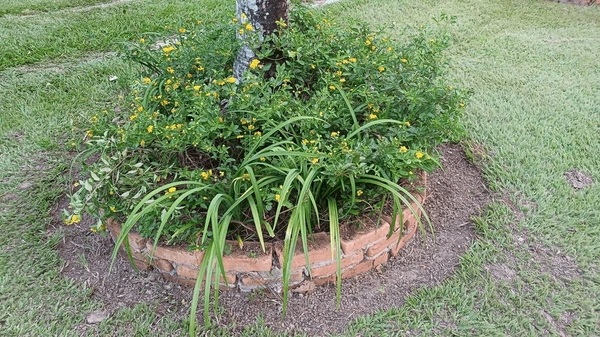
1. Centerpiece Strategy
Every circular flower bed needs a strong focal point. This could be:
- A small ornamental tree (like Japanese Maple or Dwarf Magnolia).
- A tall perennial such as Delphinium or Hollyhock.
- A garden statue, birdbath, or solar fountain.
The centerpiece sets the tone of the design and draws attention even from afar.
2. Layering and Height Balance
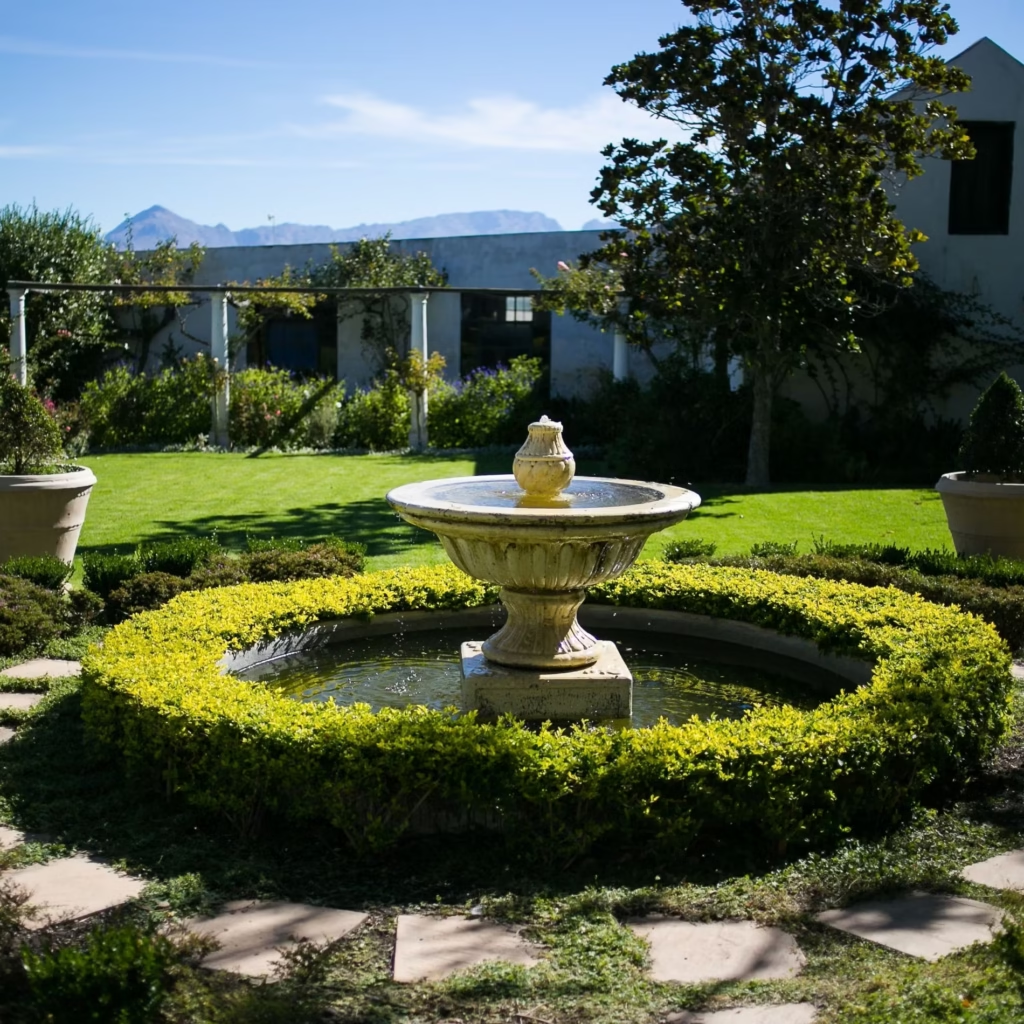
Arrange plants in concentric circles:
- Tallest in the middle: trees, shrubs, or tall perennials.
- Medium height around the center: roses, peonies, or salvia.
- Low-growing at the edges: marigolds, alyssum, or creeping thyme.
This arrangement mimics a natural dome and makes the bed visually appealing from all angles.
3. Color Coordination
Use color schemes to guide the mood of the garden:
- Monochrome elegance: different shades of one color (e.g., lavender, violet, and purple blooms).
- Complementary contrasts: pair opposite colors on the color wheel (yellow with purple, red with green).
- Seasonal themes: warm hues in summer, cool whites and blues for spring.
4. Borders and Edging
Define the circle with edging for a polished look. Options include:
- Natural stone or bricks for rustic charm.
- Metal or plastic edging for modern simplicity.
- Low groundcovers like creeping phlox for a soft, living border.
Plant Choices for Circular Flower Beds
1. Small Trees and Shrubs
- Dwarf Magnolia: A showy centerpiece with large white flowers.
- Japanese Maple: Adds seasonal color with its stunning foliage.
- Hydrangea Bush: Perfect for soft, rounded mounds of blooms.
2. Perennials
- Lavender: Adds fragrance, color, and pollinator attraction.
- Daylilies: Hardy, colorful, and ideal for middle layers.
- Coneflowers (Echinacea): Bright colors with long-lasting blooms.
3. Annuals
- Marigolds: Low-maintenance and vibrant at the edges.
- Petunias: Colorful fillers for gaps.
- Zinnias: Perfect for summer-long displays.
4. Groundcovers
- Creeping thyme: Adds greenery and fragrance along the edges.
- Sweet alyssum: Provides a soft, cascading effect.
- Sedum: Works well for sunny, dry edges.
Creative Ideas for Circular Beds
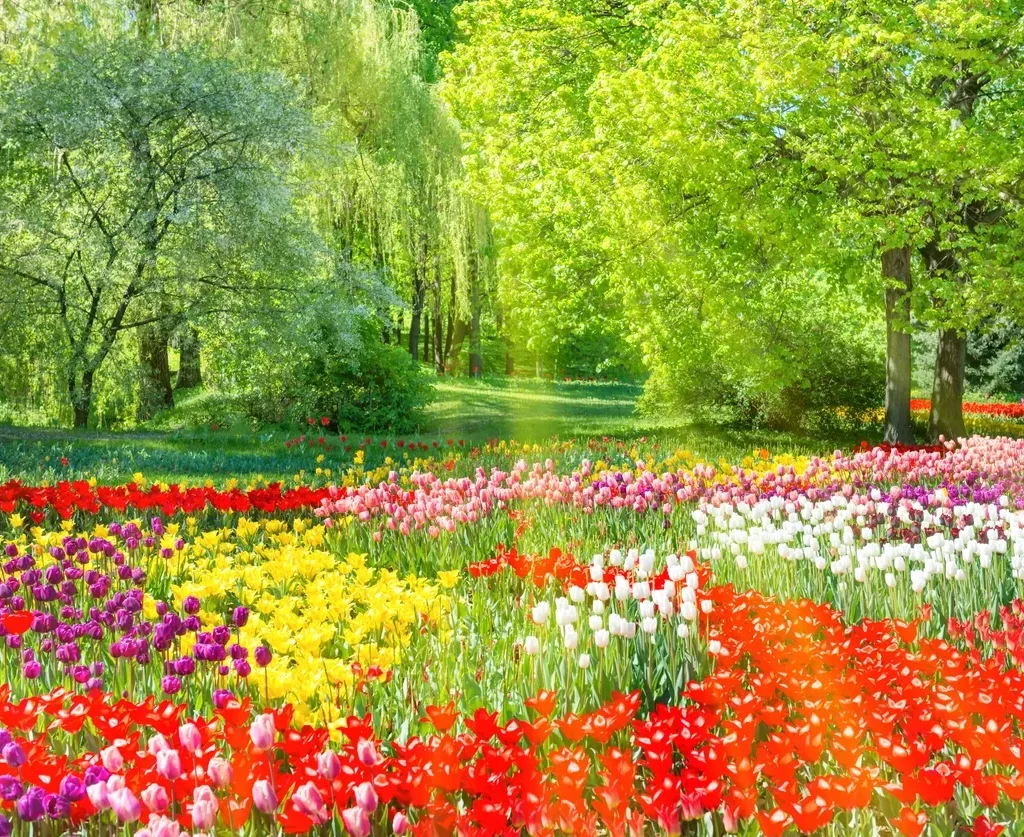
- Miniature Rose Circle
A circular bed filled entirely with different rose varieties creates a romantic, timeless look. - Herb and Flower Mix
Combine decorative herbs (rosemary, sage, lavender) with colorful annuals for beauty and utility. - Seasonal Rotation
Plant tulips and daffodils for spring, replace with zinnias and marigolds for summer, and add chrysanthemums for autumn. - Stone-Centered Bed
Place a decorative boulder, sundial, or small sculpture in the middle and surround it with colorful blooms. - Water Feature Integration
Install a small birdbath or fountain at the center to make the circle a lively hub for birds and pollinators.
Tips for Long-Lasting Beauty
- Soil Preparation
Ensure the soil is well-drained and enriched with compost before planting. - Mulching
Apply a layer of organic mulch to retain moisture, suppress weeds, and highlight the bed’s shape. - Consistent Watering
Use drip irrigation or soaker hoses to evenly water circular beds without damaging flowers. - Regular Pruning
Trim spent flowers and overgrown plants to maintain shape and encourage fresh blooms. - Lighting
Garden lighting can make circular beds stunning at night. Use solar lights or low-voltage fixtures to highlight the centerpiece.
Circular Beds for Different Spaces
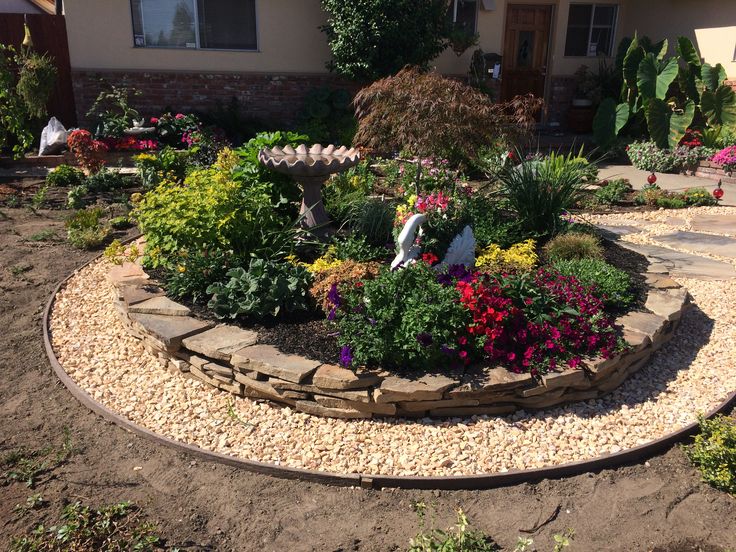
- Front Yard: A circular bed near the entrance makes a welcoming statement.
- Backyard Lawn: A large central bed can anchor the entire garden.
- Path Intersections: Circular beds placed where paths meet enhance flow and balance.
- Patio Corners: Smaller circular planters or raised beds add softness to hardscaping.
Conclusion
Circular flower beds are more than just planting spaces—they are artistic focal points that bring elegance, structure, and life to a garden. By combining thoughtful design, strategic plant layering, and creative centerpiece choices, gardeners can transform even the simplest lawn into a visually captivating landscape. Whether small or grand, colorful or minimalist, circular beds ensure that your garden remains engaging and beautiful throughout the seasons.
If you’re planning your next garden project, a circular flower bed might be the perfect element to create balance, charm, and timeless beauty in your outdoor space.
